
Clean Room Door Specifications: What to Consider
- By:ren
- 2022-11-07
- 29
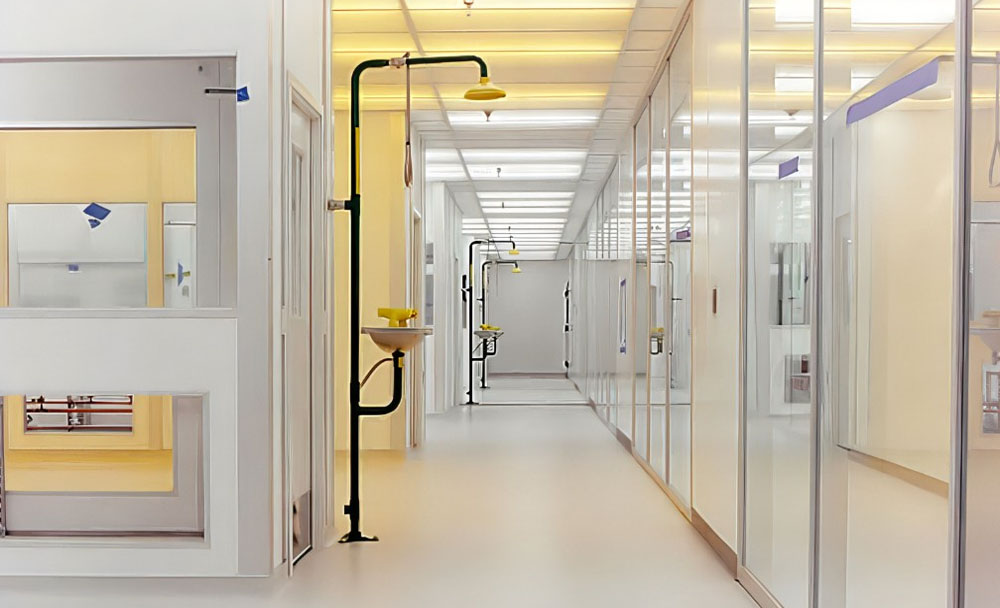
Clean room doors are perhaps one of the most overlooked aspects in the design phase of a clean room. It is not uncommon to find clean rooms with swing doors, manual sliding doors, or even roller shutter doors. However, a well-designed clean room should be equipped with clean room door specifications that allow for smooth and seamless operation and maintenance. Clean rooms need to maintain a stable environment that has minimal risk of contamination from dirt or particles. In addition to this, a clean room door should provide an indicator if the door is open or closed and also prevent unauthorised traffic into the restricted area. Clean room door specifications should be carefully considered prior to construction as these will determine the efficiency and effectiveness of your clean room. Here are some considerations when designing your clean room door:
What is a clean room?
A clean room is a space that is designed and constructed to prevent the transfer of contaminants from entering and vice versa. A clean room can be used for a variety of industries such as manufacturing, pharmaceutical, aerospace, biotechnology, food processing, and research and development. Clean rooms have a controlled environment that has minimal risk of contamination. Clean rooms are generally used in situations where contamination can cause issues such as product recalls, poor product quality, or a negative impact on the customers’ health and safety. For example, a pharmaceutical company may use a clean room during the manufacturing process where they may be working with bacteria or fungi. If these organisms get into the product, it could render it useless or even dangerous. This is why clean rooms are used to prevent cross-contamination.
Classifications
The International Air Transport Association (IATA) defines two main classifications of clean rooms: Class 100 and Class 1000. - Class 100: Airborne particles are 100 times lower than what you can see with your naked eye. This means that if you have a microscope handy, you will not be able to see any particles. What’s more, the particles can be detected only by using special equipment such as an electrostatic precipitation gauge. - Class 1000: Airborne particles are 1000 times lower than what you can see with your naked eye and are at a level that can only be detected by special equipment. The difference between Class 100 and Class 1000 is that the former does not require air filtration. The latter, however, requires a HEPA filter to remove particles that are as small as 0.3 microns.
Door specifications
If you are designing a clean room, you need to consider the door specifications. These include the operating and door opening and closing mechanisms, the door construction, and the door seals and gaskets. All of these elements contribute to the airtightness of a clean room. - Operating mechanism: This is how the door opens and closes. You can choose between a manual sliding door, a motorized door, a pneumatic door, or a gravity door. Each of these operating mechanisms has its own benefits and drawbacks. - Door opening and closing mechanisms: The closing mechanism is what seals the clean room when the door is shut. The opening mechanism is what prevents the door from being opened when it is shut. - Door construction: The door consists of several components, including the frame, panel, gaskets, seals, and hardware. Each of these components can be selected to fit your exact needs and specifications. - Door seals and gaskets: The seals and gaskets are what keep the clean room airtight. You need to choose the proper seal and gasket to ensure maximum airtightness.
Materials
The materials that are used in the construction of clean room doors will determine the durability and lifespan of the door. However, they also need to be easy to clean, easy to maintain, and resistant to tears, stains, or other elements that could cause the door to deteriorate. - Steel: Steel is an excellent option for clean room doors, especially for higher-traffic areas. Steel is strong, durable, and easy to maintain. - Aluminium: Aluminium is another excellent option for clean room doors. It is resistant to corrosion and rust, making it ideal for humid areas. - Stainless steel: This is a combination of steel and chrome and is excellent for high-traffic areas. It is extremely durable and easy to clean and maintain. - Composite: Composite is a combination of two or more materials, such as glass, plastic, and wood. It is an excellent choice for clean rooms due to its strength and resistance to chemicals.
Size and dimensions
The size and dimensions of the clean room door are important aspects to consider when designing a clean room. The dimensions can determine if the door will fit the frame or if the frame will fit the doorway. The dimensions can also affect the airtightness of the clean room. - Width: The width of the door needs to be at least 1.2 times the width of the doorway. A clean room is often smaller than standard sizes, which means you may need to custom design the clean room door. - Height: The height of the door needs to be at least 5 feet. This is necessary to accommodate both personnel and equipment. - Depth: The depth of the door should be 6 inches less than the width of the doorway. This ensures that the door is fully retracted.
Glazing
Glazing is used for the part of the clean room door that is visible from the outside. The two main types of glazing are transparent and opaque. - Transparent: Transparent glass is the most common type of glazing used. It is durable and easy to clean and maintain. However, it is not suitable for areas that are highly susceptible to break-ins or vandalism. - Opaque: This is the most common type of glazing used in areas that are susceptible to vandalism and break-ins. It is also used to hide equipment or other materials inside the clean room.
Hardware
There are several hardware components that are used to secure and operate the clean room door. These components are important to consider when designing a clean room as they not only secure the door but also allow for smooth and seamless operation. - Hinges: Hinges are what secure and connect the clean room door to the frame. There are several types of hinges to choose from, such as ball-bearing hinges, double-acting hinges, or pivot hinges. - Locks: A lock is what secures the clean room door in place. There are many types of locks available to select from, such as cylinder locks, mortise locks, or push-button locks. - Openers: An opener secures the opening mechanism of the clean room door. There are various types of openers available, such as electric openers, pneumatic openers, or hydraulic openers.
The Different Types of Clean Room Doors
- Sliding doors: A sliding clean room door is one of the most common types of clean room doors. It consists of two panels that slide alongside each other. The main advantage of a sliding door is that it is stable, durable, and easy to maintain. The main disadvantage is that it is heavy and difficult to clean. - Rolling doors: Rolling clean room doors are similar to sliding doors but are taller. This means that they have a higher centre of gravity. They are also heavier but have the advantage of easy cleaning. - Swing doors: Swing clean room doors are similar to a regular door as they are only one panel. They are light and easy to clean and operate with a push or pull motion. The main disadvantage of this type of doors is that they can be unstable and more susceptible to break-ins or vandalism.
Conclusion
Clean room doors are perhaps one of the most overlooked aspects in the design phase of a clean room. It is not uncommon to find clean rooms with swing doors, manual sliding doors, or even rolling shutters. However, a well-designed clean room should be equipped with clean room door specifications that allow for smooth and seamless operation and maintenance. A clean room door should provide an indicator if the door is open or closed and also prevent unauthorised traffic into the restricted area. The materials that are used in the construction of clean room doors will determine the durability and lifespan of the door.
-
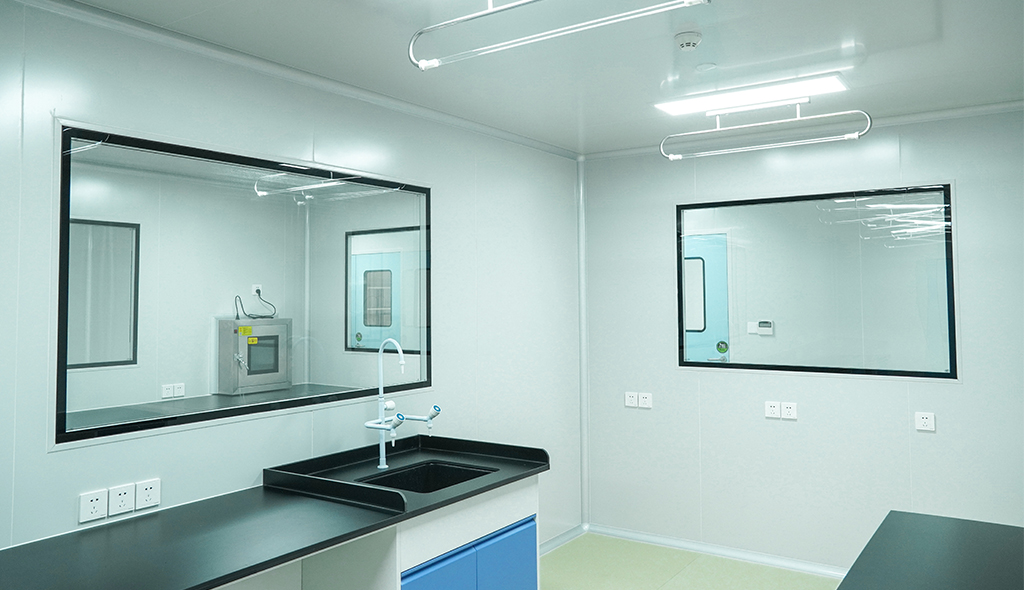 Cleanroom Glass Windows Are The Key to Maintaining a Clean Environment
Cleanroom Glass Windows Are The Key to Maintaining a Clean Environment -
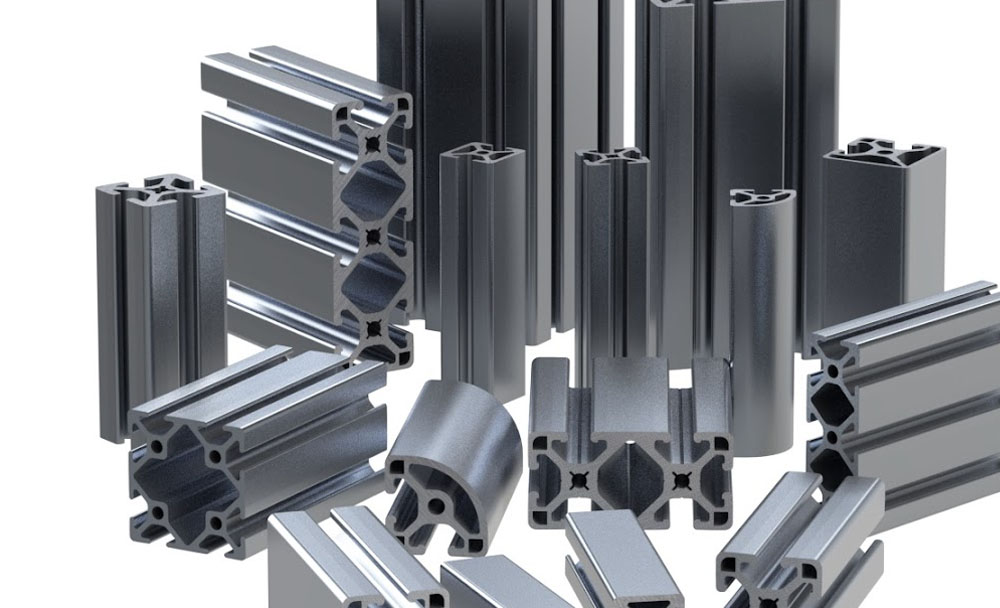 Top Aluminium Profile Manufacturers in China: Leading the Global Market
Top Aluminium Profile Manufacturers in China: Leading the Global Market -
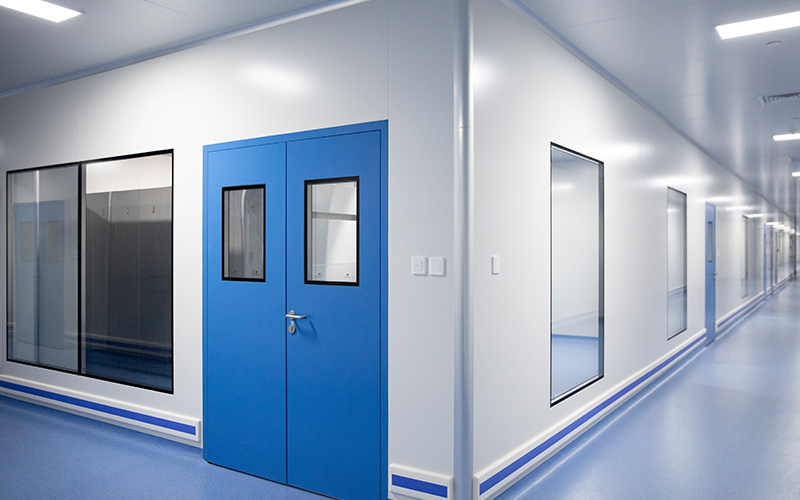 The Evolution of Air Tight Sliding Doors
The Evolution of Air Tight Sliding Doors -
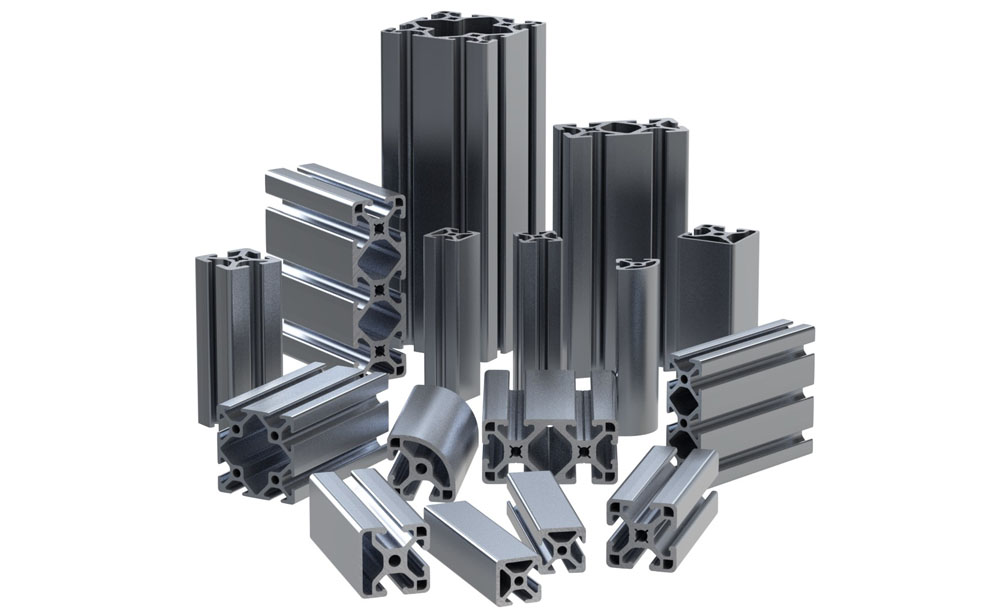 AHU Aluminium Profile: A Comprehensive Guide
AHU Aluminium Profile: A Comprehensive Guide -
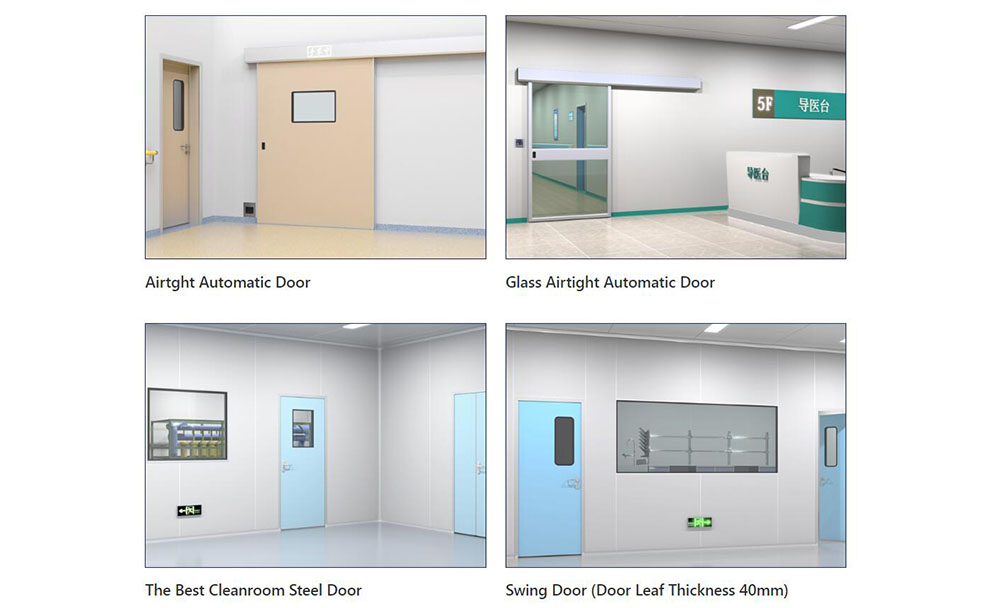 The Importance of Choosing the Right Cleanroom Door in Vietnam
The Importance of Choosing the Right Cleanroom Door in Vietnam -
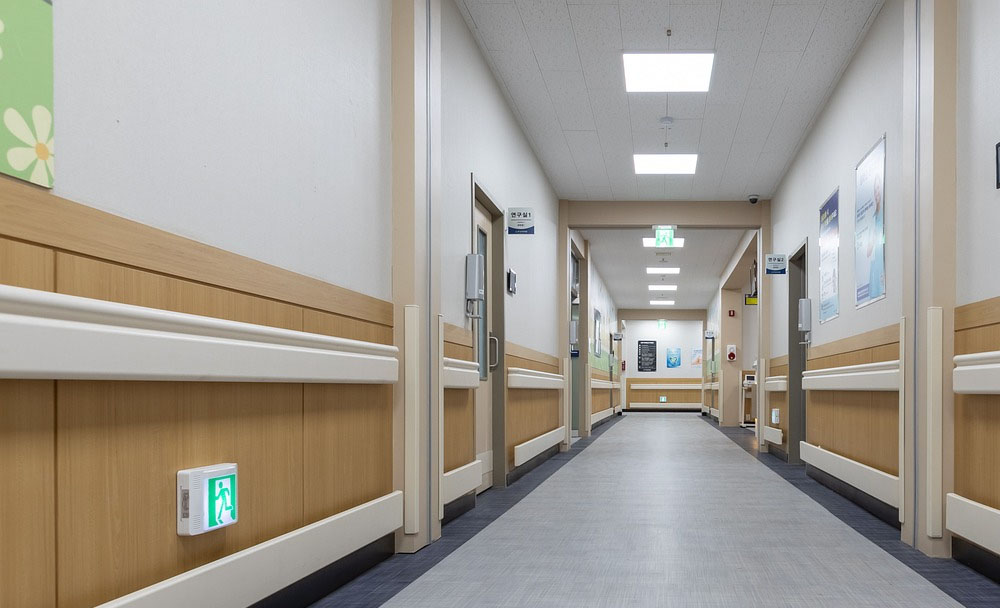 The Benefits of Hospital Automatic Doors: Enhancing Efficiency and Safety
The Benefits of Hospital Automatic Doors: Enhancing Efficiency and Safety -
.jpg) The Best Bathroom Door Manufacturers - Unlocking Endless Possibilities!
The Best Bathroom Door Manufacturers - Unlocking Endless Possibilities! -
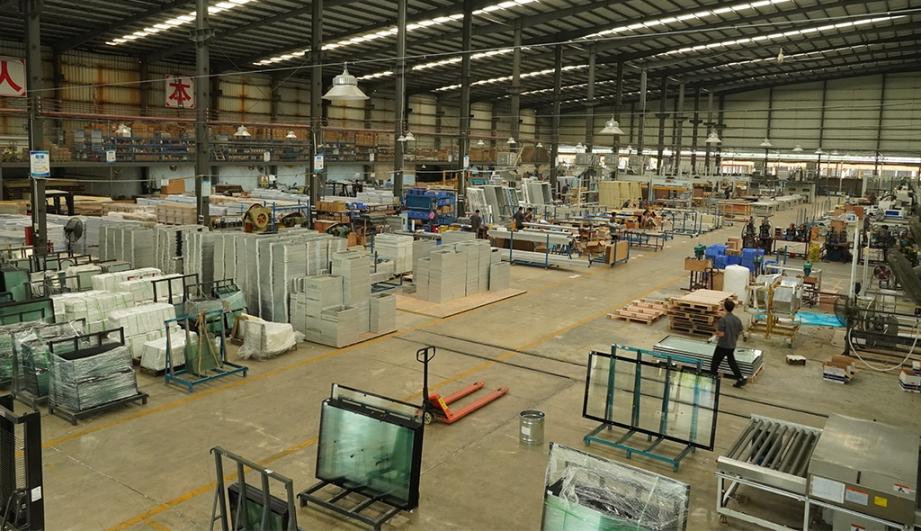 Unlock the Possibilities with AJ Manufacturing Doors
Unlock the Possibilities with AJ Manufacturing Doors -
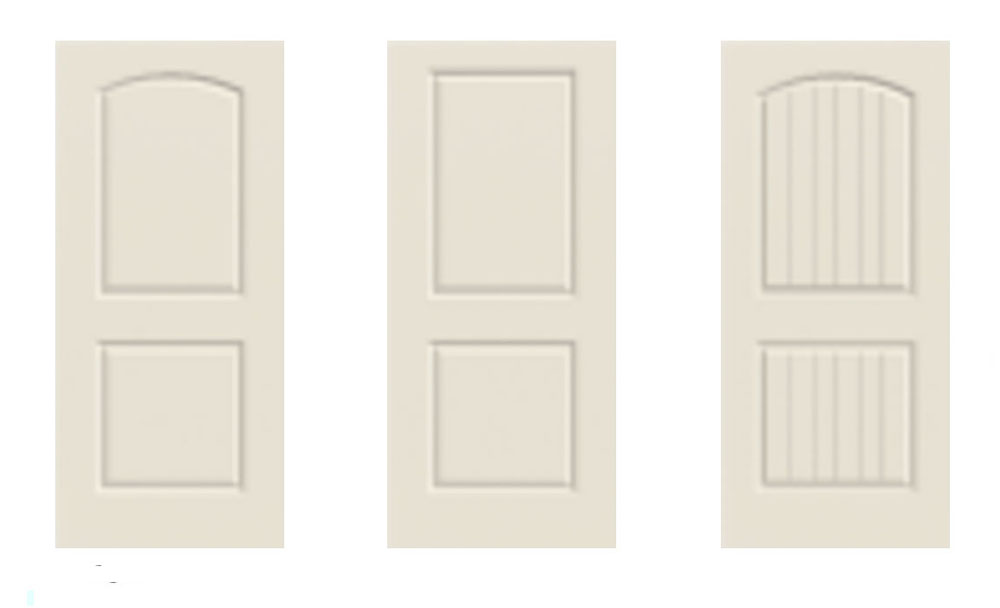 Make a Statement with Manufactured Home Interior Doors!
Make a Statement with Manufactured Home Interior Doors! -
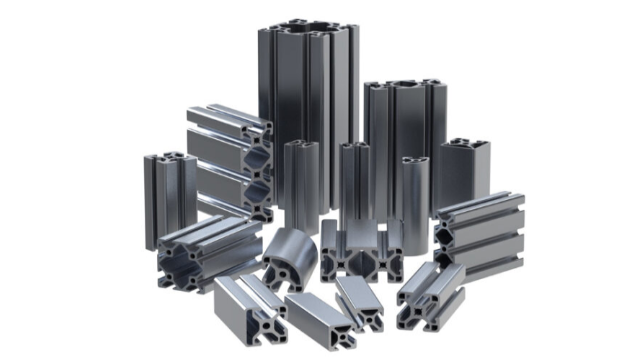 what is aluminum profile? Aluminum Profiles for Your Home is the best option
what is aluminum profile? Aluminum Profiles for Your Home is the best option
-
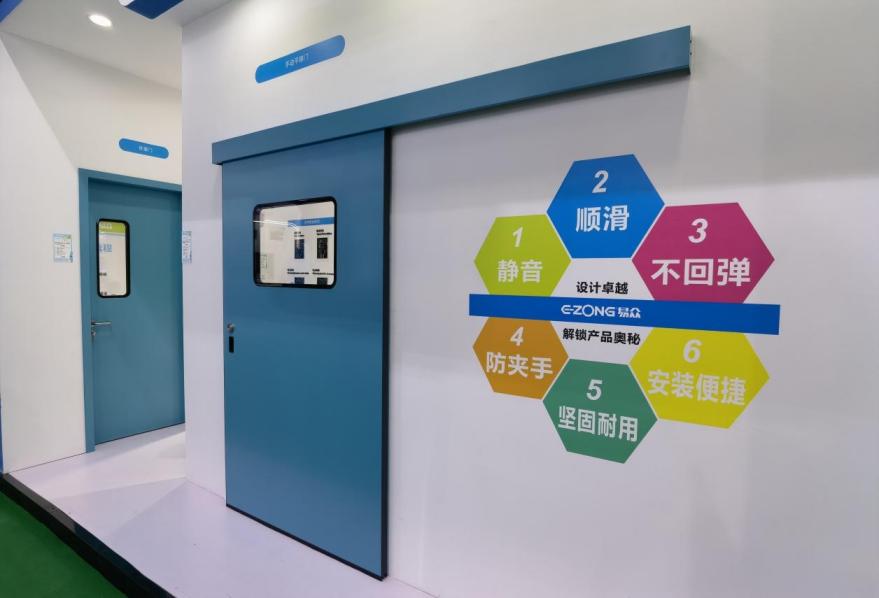 Guide to Doors Clean Room: Ensuring Contamination Control
Guide to Doors Clean Room: Ensuring Contamination Control -
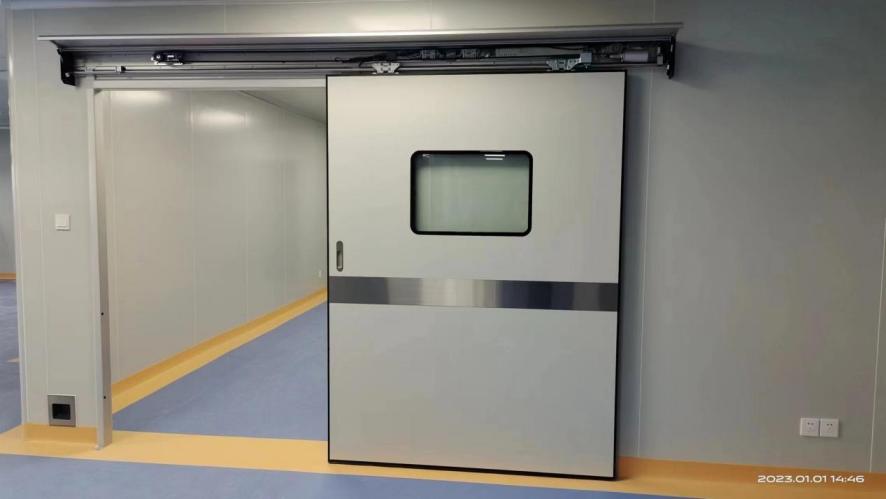 Introducing Guangdong Clean Room Aluminum Company: E-ZONG
Introducing Guangdong Clean Room Aluminum Company: E-ZONG -
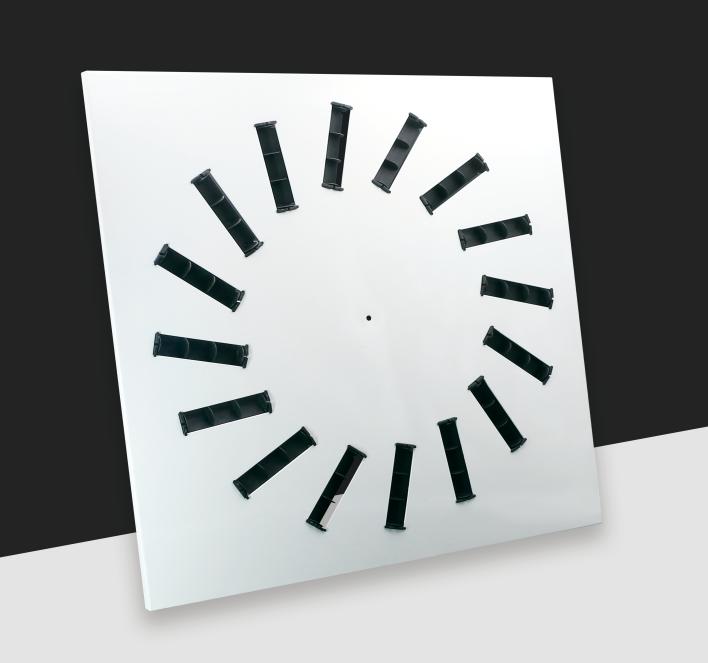 Cost-Effectiveness of Bulk Purchasing Air Diffuser
Cost-Effectiveness of Bulk Purchasing Air Diffuser -
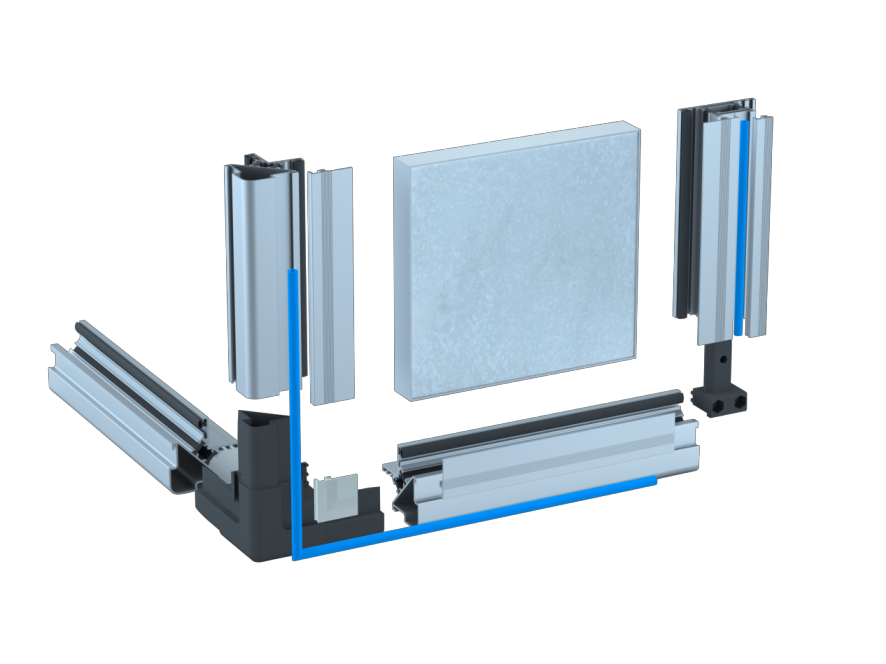 Makeup Air Handling Unit: Here to Know
Makeup Air Handling Unit: Here to Know -
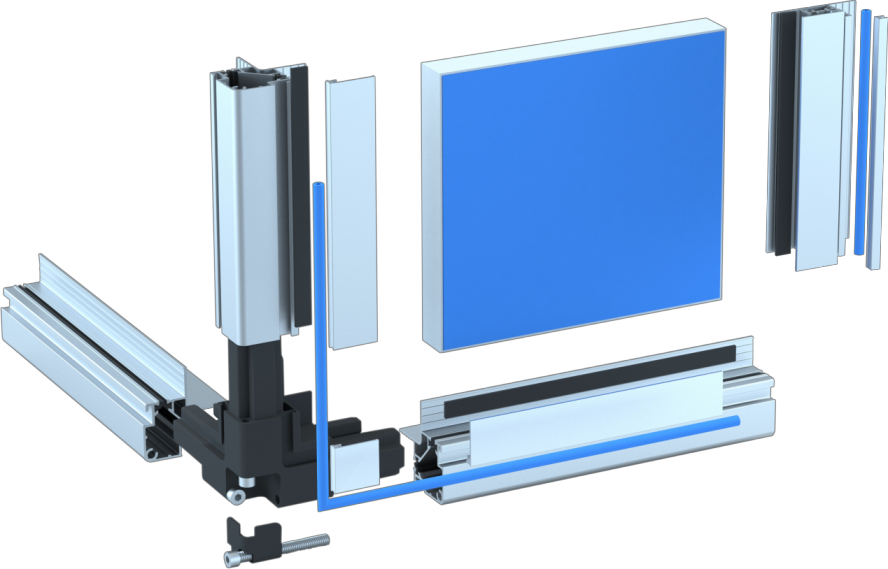 Customizing HVAC Systems Parts for Building Specific Needs
Customizing HVAC Systems Parts for Building Specific Needs -
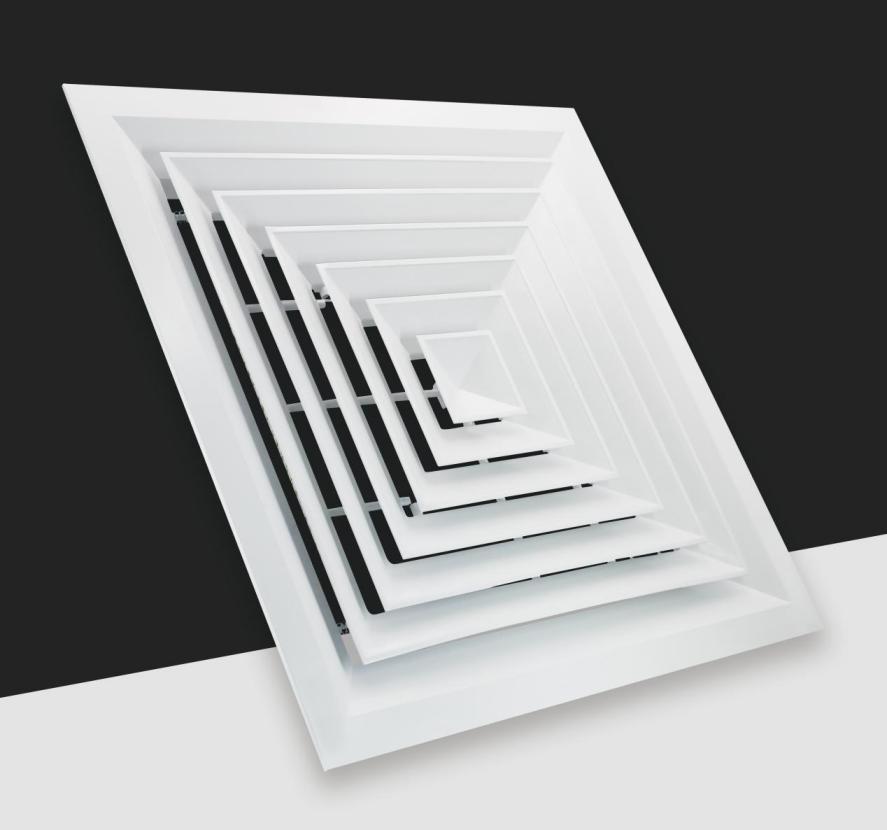 How Return Air Diffuser Enhances HVAC Efficiency for Your Projects
How Return Air Diffuser Enhances HVAC Efficiency for Your Projects -
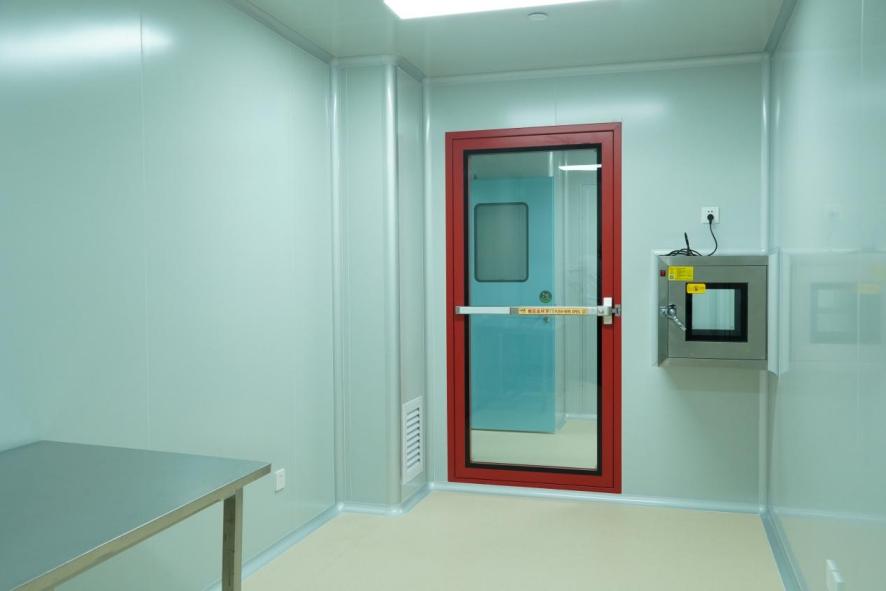 Exploring the Versatility of Swing Glass Door
Exploring the Versatility of Swing Glass Door -
 Choosing Quality: Why Linear Diffuser Grille is Essential in Modern Design
Choosing Quality: Why Linear Diffuser Grille is Essential in Modern Design -
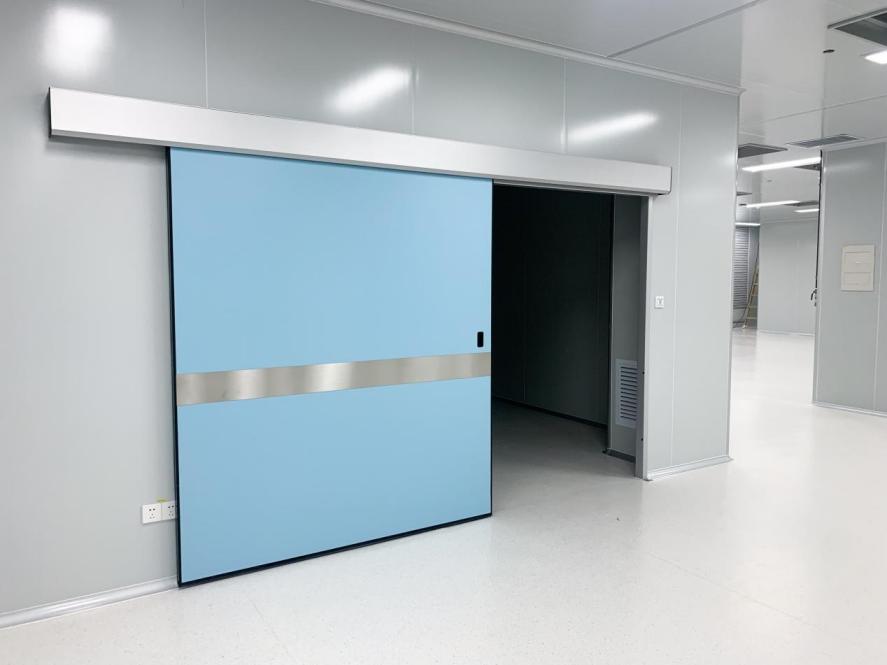 Introduction to Clean Room High Speed Doors: Let’s Dive into
Introduction to Clean Room High Speed Doors: Let’s Dive into -
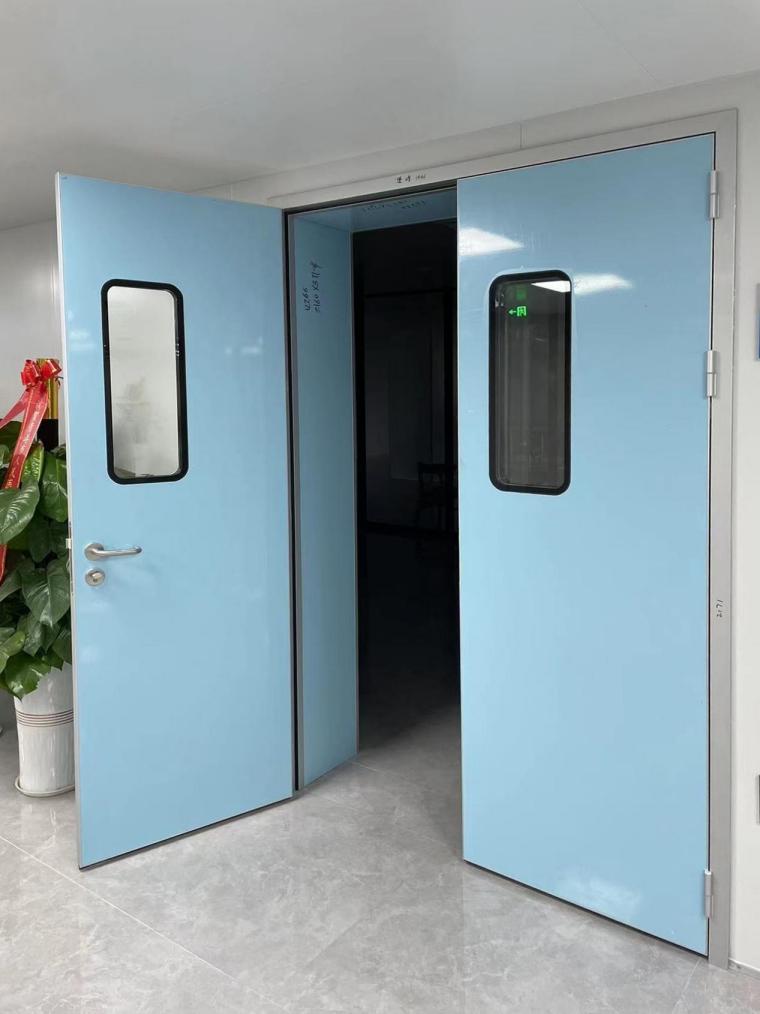 High-Quality Clean Room Double Door for Medical and Health
High-Quality Clean Room Double Door for Medical and Health

Guangzhou Yizhong Aluminum Industry Co., Ltd.
We are always providing our customers with reliable products and considerate services.
We are always providing our customers with reliable products and considerate services.
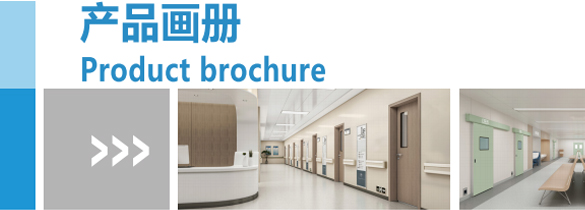
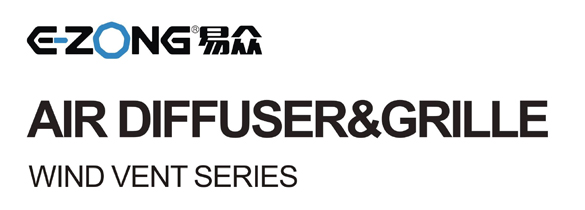









Speak Your Mind